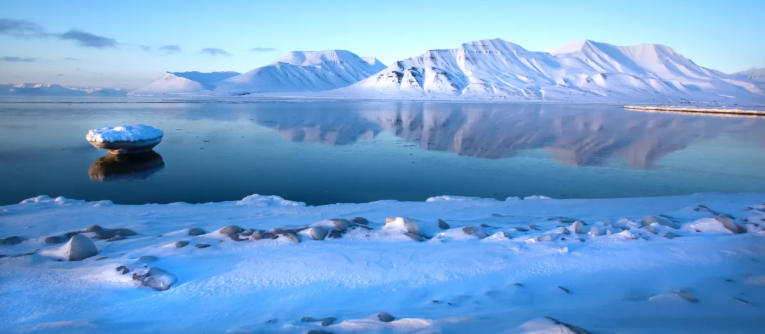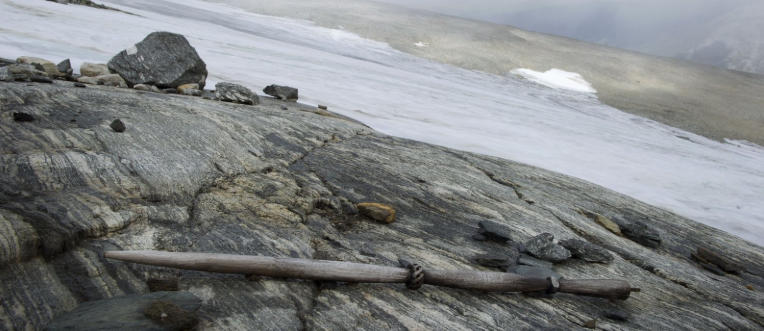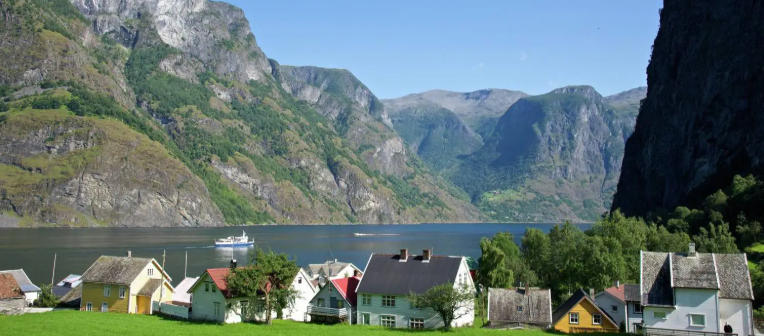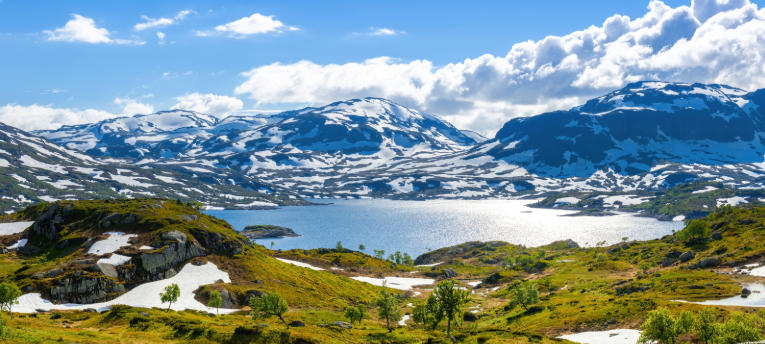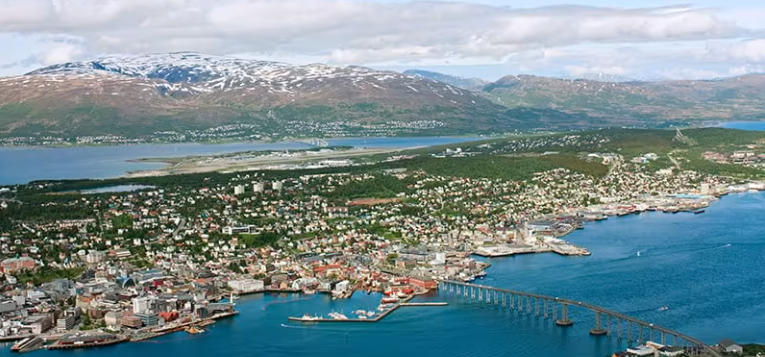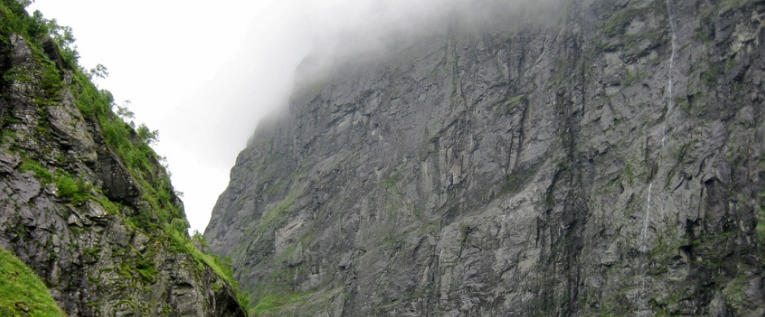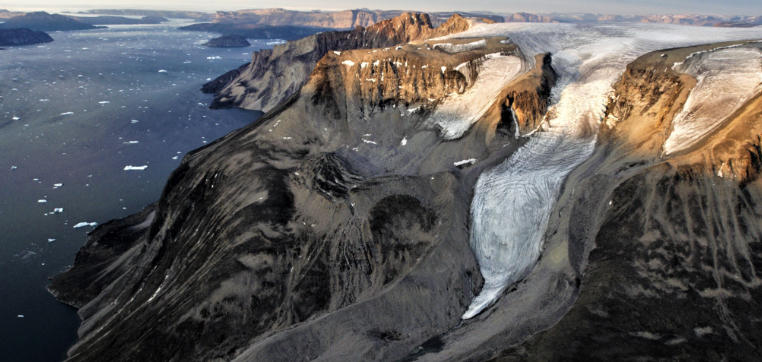The Geography of Norway’s Arctic Regions
The Geography of Norway’s Arctic Regions The Arctic regions of Norway present a fascinating blend of breathtaking landscapes, unique ecosystems, and rich cultural experiences. Understanding this geography is crucial, not just for enthusiasts of nature and adventure, but also for those interested in climate change and its impacts. This blog will explore the key geographical […]
The Geography of Norway’s Arctic Regions Read More »

